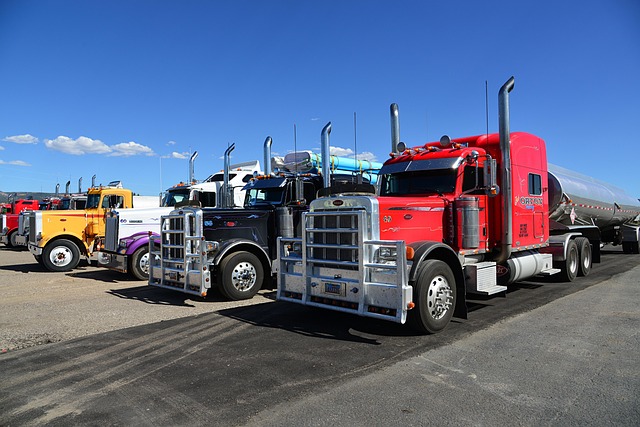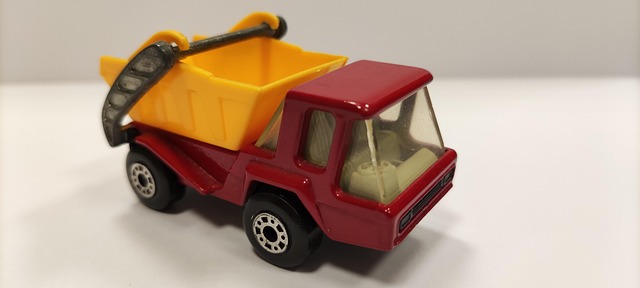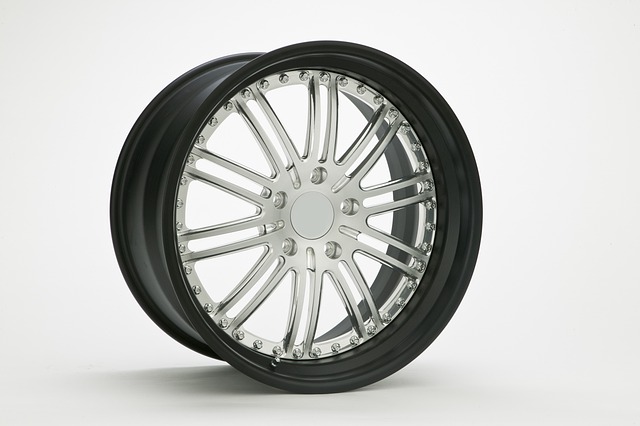Looking to register your car in California? This comprehensive guide breaks down the process step-by-step. First, understand the eligibility requirements for car registration. Then, gather all necessary documents, including proof of ownership and insurance. Master the crucial DMV VIN verification process, ensuring a smooth transition. Choose between online or in-person registration, both simple and efficient. Finally, pay California’s car registration fees and secure your license plate.
- Understand Eligibility Requirements for Car Registration
- Gather Necessary Documents for Vehicle Registration
- Perform DMV VIN Verification Step-by-Step
- Complete Online or In-Person Registration Process
- Pay California Car Registration Fees and Obtain License Plate
Understand Eligibility Requirements for Car Registration

Before you begin the registration process, it’s crucial to understand the eligibility requirements set by the California Department of Motor Vehicles (DMV). To register your car in California, your vehicle must meet certain criteria. One essential step is ensuring that your car has passed a safety inspection and emissions test if applicable. This typically involves a DMV vin verification process, where the unique vehicle identification number (VIN) is checked against state records to ensure the car’s history aligns with its age and intended use.
Additionally, you’ll need proof of insurance and ownership, such as a purchase agreement or title transfer document. The presence of any outstanding warrants or violations could hinder registration. For those considering a mobile vin inspection or using a mobile vin verifier, it’s important to note that these services can streamline the initial verification process, making it more convenient for out-of-state buyers or owners transferring their vehicles within California.
Gather Necessary Documents for Vehicle Registration

Before you can register your car in California, you’ll need to gather several important documents. The process starts with ensuring your vehicle is eligible for registration—this includes checking if it has a valid emissions test and meeting safety standards. One crucial step is the DMV VIN verification, where you’ll need to provide the Vehicle Identification Number (VIN) of your car. This can be done through an official mobile VIN verifier to ensure the vehicle’s history and identity are accurate.
Additionally, you’ll require proof of insurance, a completed application form from the California Department of Motor Vehicles (DMV), and payment for the registration fee. The mobile VIN inspection is a convenient way to verify your car’s information without visiting a DMV office, making the registration process smoother. Always double-check that all documents are up to date and accurate to avoid any delays in registering your vehicle.
Perform DMV VIN Verification Step-by-Step

Performing a DMV VIN verification is a crucial step when registering your car in California. Here’s a straightforward guide to help you navigate this process:
1. Gather Required Documents: Before you begin, ensure you have all necessary paperwork ready. This typically includes the vehicle’s registration certificate from its previous state, proof of ownership (like a title document), and valid identification for all occupants.
2. Visit the California DMV Website: Start by accessing the official California Department of Motor Vehicles (DMV) website. Here, you’ll find resources to assist with your VIN verification process, including instructions specific to your situation. You may also consider using a mobile vin verifier or scheduling a vin inspection for added convenience and peace of mind.
Complete Online or In-Person Registration Process

In California, car registration can be completed either online or in-person at a DMV (Department of Motor Vehicles) office. The process starts with gathering essential documents and information, including proof of insurance, vehicle identification number (VIN) verification, and your driver’s license. For a seamless experience, many opt for the DMV vin verification process, which can be done online or by visiting a local DMV. This involves providing detailed vehicle information to ensure accuracy.
If you prefer a mobile vin inspection, there are services that allow you to complete the vin inspection remotely using your smartphone or tablet. These mobile vin verifiers streamline the initial stages of registration, making it convenient for those with busy schedules. Whether online or in-person, ensuring all documents are up-to-date and correct is key to a successful car registration in California.
Pay California Car Registration Fees and Obtain License Plate

After successfully applying for car registration through the California DMV (Department of Motor Vehicles), the next step is to pay the required fees and obtain your license plates. The amount you’ll need to pay varies depending on several factors, such as the type of vehicle and its age. You can typically make the payment online or in person at a DMV field office.
Once your registration is processed, you will receive a confirmation along with instructions for picking up your license plates. If you prefer a more convenient option, many third-party services offer mobile vin verification and inspection, allowing you to complete the process from the comfort of your home. These services use advanced technology to verify your vehicle’s information through its unique VIN (Vehicle Identification Number), ensuring accuracy and swift registration.
Registering a car in California is a straightforward process, but understanding the eligibility requirements, gathering essential documents, and completing the DMV VIN verification are crucial steps. Once these are taken care of, you can either register online or in-person, paying the necessary fees to obtain your license plate and hit the road legally. Remember, proper registration ensures not only your vehicle’s legality but also enhances California’s overall transportation safety and efficiency.
